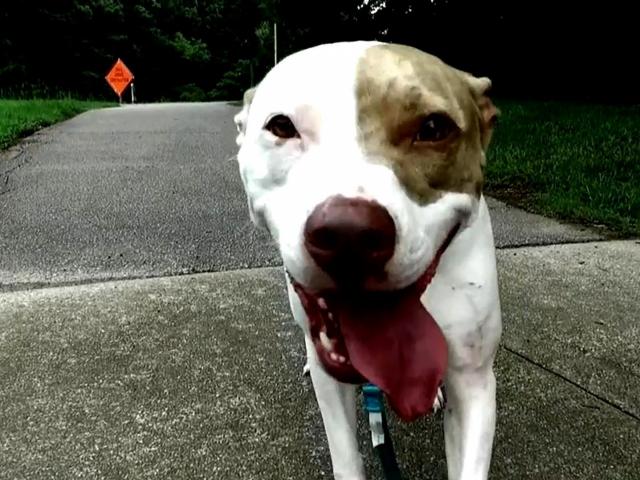Dogs are known for their incredible ability to communicate with humans and other animals. While they may not speak our language, they express themselves through their body language, giving us a glimpse into their thoughts and emotions. Understanding dog body language is crucial for building a strong bond with your furry friend and ensuring their well-being. In this blog post, we will explore some common signals that dogs use to communicate and provide insights into decoding their behavior.
- Tail Wagging
The tail is often considered the most expressive part of a dog’s body. While many people believe that a wagging tail signifies a happy dog, it’s not always the case. The speed, height, and direction of the wag can convey different messages. A slow, low wag may indicate fear or insecurity, while a fast, high wag typically signifies excitement or happiness. It’s essential to consider other accompanying cues to understand the overall context.
- Ear Position
A dog’s ears can reveal a lot about their current state of mind. When a dog’s ears are relaxed and in their natural position, it often indicates a calm and content disposition. However, if their ears are flattened against their head, it may suggest fear, anxiety, or submission. On the other hand, upright and forward-facing ears can be a sign of alertness or excitement.
- Eye Contact
Eye contact is another significant aspect of dog body language. Direct eye contact from a dog is usually a sign of confidence or assertion. However, prolonged or intense eye contact can be perceived as a threat in certain situations. In contrast, a dog avoiding eye contact may be showing submission or unease. Understanding your dog’s comfort level with eye contact can help you establish trust and avoid potential conflicts.
- Body Posture
A dog’s overall body posture is a reliable indicator of its emotional state. A relaxed and loose body posture usually signifies a calm and friendly demeanor. Conversely, a stiff and rigid stance may indicate fear, aggression, or tension. Pay attention to the position of their body, including their back, legs, and tail, to gauge their current mood accurately.
- Vocalizations
While body language plays a crucial role in understanding dogs, vocalizations can also provide valuable insights. Dogs use a range of sounds, including barking, growling, whimpering, and howling, to express themselves. Each vocalization serves a specific purpose and conveys different emotions. For instance, a high-pitched bark may indicate excitement, while a low, deep growl is a warning sign. Understanding the context and accompanying body language will help you interpret their vocal cues correctly.

- Licking and Yawning
Dogs often use licking and yawning as subtle forms of communication. Licking can be a sign of affection or appeasement. However, excessive licking may suggest anxiety or stress. Yawning, especially when not associated with tiredness, can indicate discomfort or unease. Pay attention to these behaviors, especially in new or challenging situations, to ensure your dog feels safe and secure.
- Tail Position
The position of a dog’s tail can provide valuable insights into its emotional state. A high, raised tail generally indicates confidence, alertness, or excitement. A tucked tail between the legs is a clear sign of fear, submission, or anxiety. A neutral tail position, neither too high nor too low, usually suggests a relaxed and content dog. Remember to consider other body language signals to accurately interpret the meaning behind the tail position. Come and check this link for additional tips and ideas.
Conclusion
Understanding dog body language is crucial for effective communication and developing a strong bond with your four-legged friend. By observing and decoding their signals, you can gain insights into their emotions, needs, and overall well-being. Remember that every dog is unique, and their body language can vary based on breed, individual personality, and past experiences. Spend quality time with your canine companion, observe their behavior, and be patient in learning their unique language. The effort you invest in understanding your dog’s body language will lead to a deeper connection and a happier, healthier relationship.










